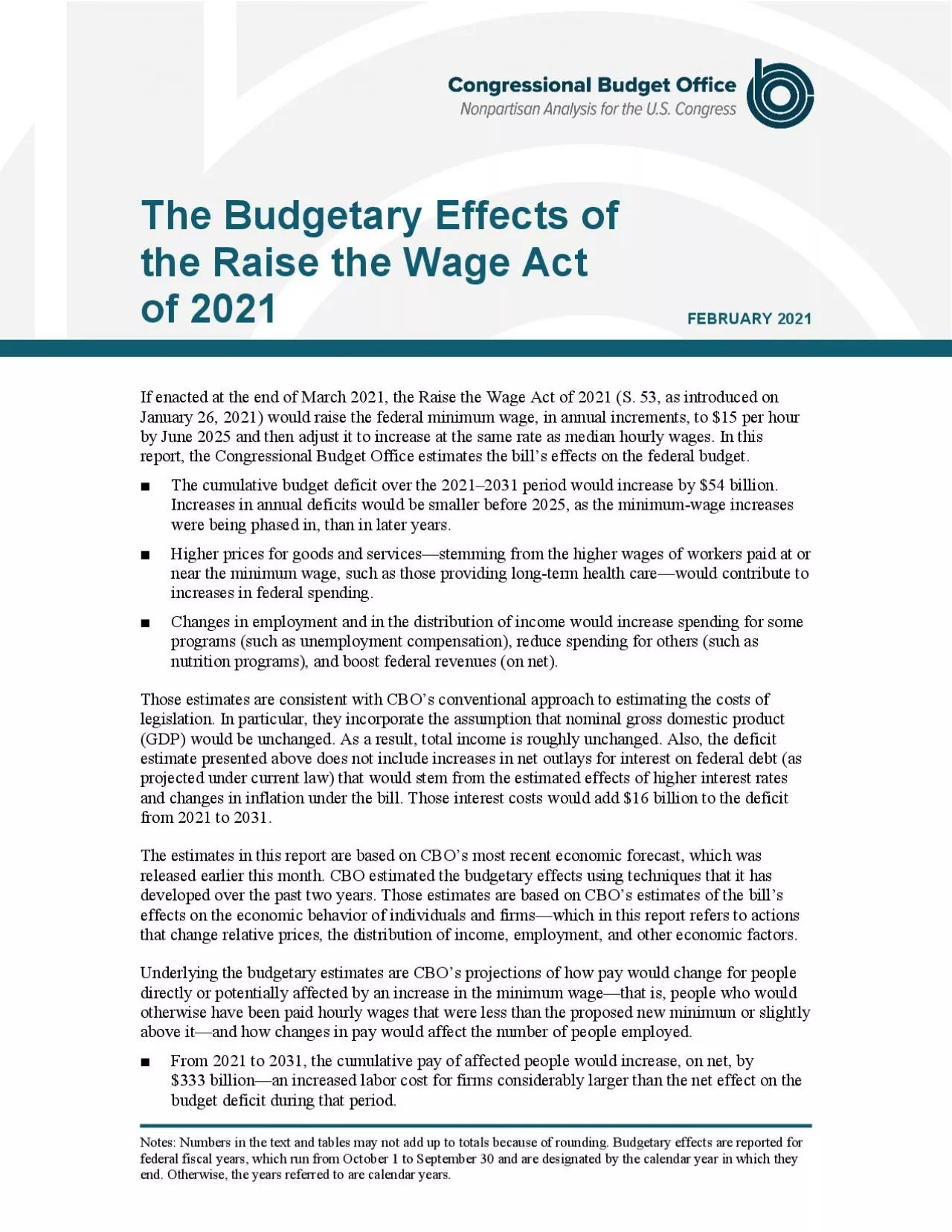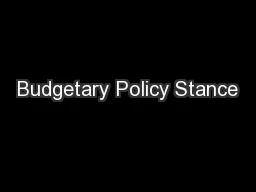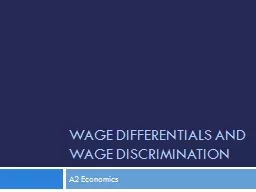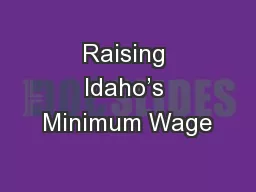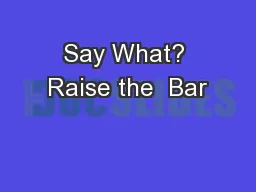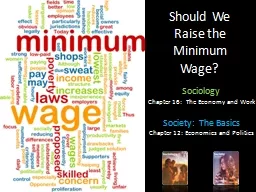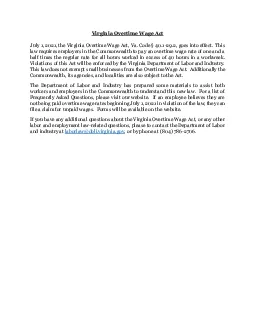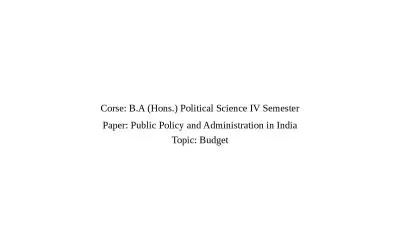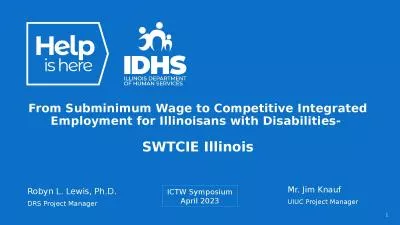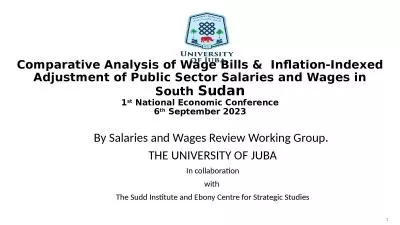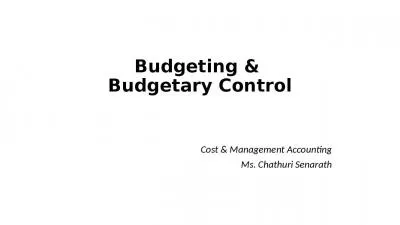PDF-THE BUDGETARY EFFECTS OF THE RAISE THE WAGE ACT OF 2021FEBRUARY 2021
Author : vivian | Published Date : 2021-08-18
2 That netincrease would result from higher pay billionfor people who were employed at higher hourlywages under the billoffset by lowerpaybillionbecause of reduced
Presentation Embed Code
Download Presentation
Download Presentation The PPT/PDF document "THE BUDGETARY EFFECTS OF THE RAISE THE W..." is the property of its rightful owner. Permission is granted to download and print the materials on this website for personal, non-commercial use only, and to display it on your personal computer provided you do not modify the materials and that you retain all copyright notices contained in the materials. By downloading content from our website, you accept the terms of this agreement.
THE BUDGETARY EFFECTS OF THE RAISE THE WAGE ACT OF 2021FEBRUARY 2021: Transcript
Download Rules Of Document
"THE BUDGETARY EFFECTS OF THE RAISE THE WAGE ACT OF 2021FEBRUARY 2021"The content belongs to its owner. You may download and print it for personal use, without modification, and keep all copyright notices. By downloading, you agree to these terms.
Related Documents

